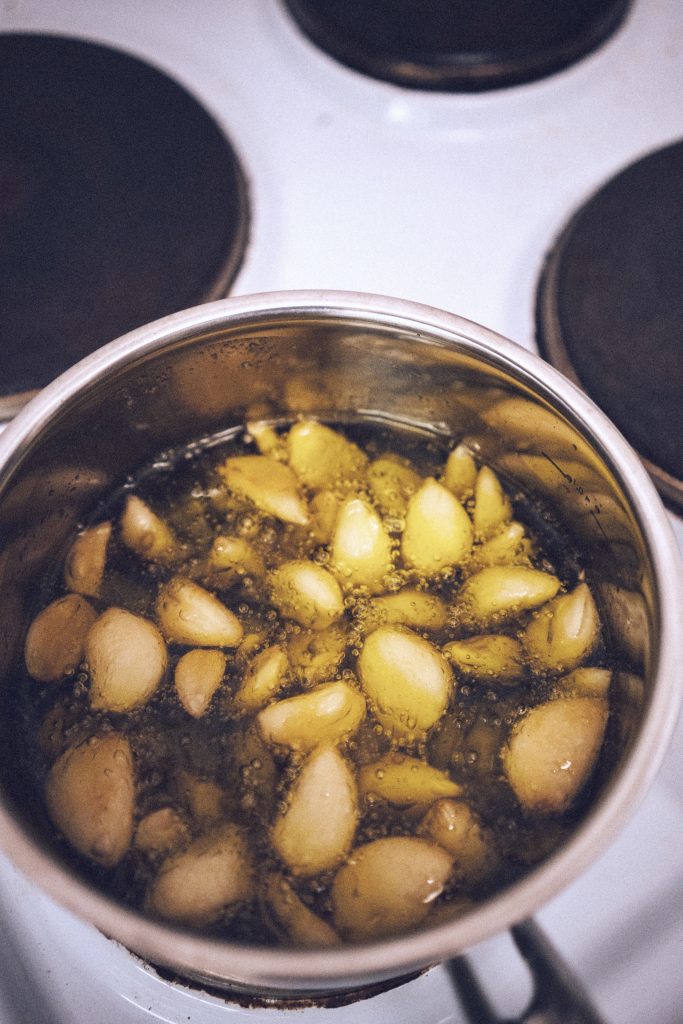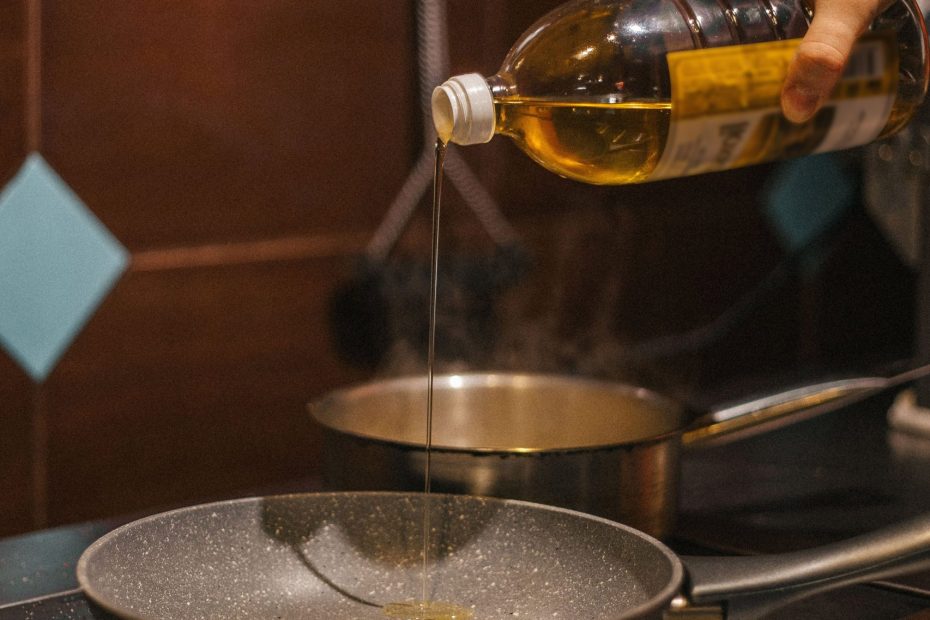Introduction:
Cooking oil is a staple in kitchens around the world, used for frying, sautéing, and various culinary applications. However, once the cooking is done, many people are unsure of how to properly dispose of the leftover oil. Improper disposal can lead to environmental pollution and clogged pipes, posing a threat to ecosystems and public infrastructure. This article provides a comprehensive guide on how to dispose of cooking oil responsibly, ensuring both environmental sustainability and the smooth operation of waste management systems.

Cooling and Straining:
Before disposal, allow the used cooking oil to cool completely. Handling hot oil can be dangerous and can cause burns. Once cooled, strain the oil using a fine mesh strainer or cheesecloth to remove any food particles or debris. This step is crucial for preventing clogs in pipes and ensuring a cleaner disposal process.
Reusable Containers:
Consider storing used cooking oil in a reusable container for future use. Many oils, such as vegetable oil, can be filtered and reused multiple times. Be sure to label the container with the type of oil and the date it was used. However, keep in mind that oil does break down over time and becomes less effective for cooking, so reuse should be limited.

Recycling Centers:
Several recycling centers accept used cooking oil. Check with your local recycling facility to see if they have a collection program for used cooking oil. Some municipalities organize special collection events for residents to drop off their used oil. Ensure that the oil is stored in a sealed container before taking it to the recycling center.
Donate for Biodiesel Production:
Used cooking oil can be converted into biodiesel, a renewable energy source. Some communities have biodiesel production facilities that accept donated cooking oil. Before donating, contact local environmental organizations, biodiesel producers, or waste management agencies to inquire about donation programs in your area.
Composting:
Small amounts of used vegetable oil can be added to a compost bin. However, it’s essential to use moderation, as too much oil can disrupt the composting process. Mix the oil with other compostable materials to balance the decomposition process and prevent an excess of fats in the compost.
Solidification for Disposal:
For small amounts of cooking oil, especially if it’s not suitable for reuse, you can solidify it for disposal in the regular trash. Mix the oil with an absorbent material like cat litter or coffee grounds to solidify it before disposing of it in the trash. Seal the mixture in a sturdy, leak-proof container to prevent spills.
Conclusion:
Properly disposing of cooking oil is a simple yet crucial step in promoting environmental responsibility. By following these guidelines, you can help prevent pollution, protect local ecosystems, and contribute to sustainable waste management practices. Whether through recycling, donation, or composting, every effort counts towards a cleaner and more sustainable planet.
